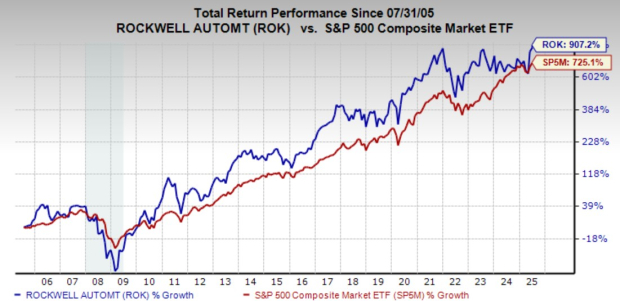June WTI crude oil (CLM24) on Tuesday closed up +1.46 (+1.78%), and May RBOB gasoline (RBK24) closed up +3.81 (+1.43%).
Crude and gasoline prices Tuesday settled moderately higher. A weaker dollar Tuesday was bullish for energy prices. Also, Tuesday’s strength in stocks bolstered optimism in the economic outlook that supports energy demand and crude prices. Gains in crude were limited after Israel-Iran tensions eased after it appears Iran will not respond following Israel’s retaliatory strike last Friday.
Tuesday’s global economic news was mixed for energy demand and crude prices. On the positive side, US Mar new home sales rose +8.8% m/m to a 6-month high of 693,000, stronger than expectations of 668,000. Also, the Eurozone Apr composite PMI rose +1.1 to 51.4, stronger than expectations of 50.7 and the highest level in 11 months. In addition, the Japan Apr Jibun Bank manufacturing PMI rose +1.7 to an 11-month high of 49.9. On the bearish side, the US Apr S&P manufacturing PMI unexpectedly fell -2.0 to a 4-month low of 49.9 versus expectations of an increase to 52.0. Also, the Eurozone Apr S&P manufacturing PMI unexpectedly fell -0.5 to 45.6, weaker than expectations of an increase to 46.5.
Reduced crude demand in India, the world’s third-largest crude consumer, is negative for oil prices after India’s March oil demand fell -0.6% y/y to 21.09 MMT.
Crude has support from the recent Ukrainian drone attacks on Russian refineries that damaged several Russian oil processing facilities, limiting Russia’s fuel exporting capacity. Russia’s fuel exports in the week to April 21 fell by -500,000 bpd from the prior week to 3.45 million bpd. JPMorgan Chase said it sees 900,000 bpd of Russian refinery capacity that could be offline “for several weeks if not months” from the attacks, adding $4 a barrel of risk premium to oil prices.
Crude prices have support from April 3 when OPEC+, at its monthly meeting, did not recommend any changes to their existing crude output cuts, which kept about 2 million bpd of production cuts in place until the end of June. However, OPEC crude production in March rose +10,000 bpd to 26.860 million bpd, a bearish factor for oil prices as Iraq and UAE continue to pump above their production quotas.
A decrease in crude in floating storage is bullish for prices. Monday’s weekly data from Vortexa showed that the amount of crude oil held worldwide on tankers that have been stationary for at least a week fell -18% w/w to 75.45 million bbl as of April 19.
Crude prices have underlying support from the Israel-Hamas war and concern that the war might spread to Hezbollah in Lebanon. Also, attacks on commercial shipping in the Red Sea by Iran-backed Houthi rebels have forced shippers to divert shipments around the southern tip of Africa instead of going through the Red Sea, disrupting global crude oil supplies.
The consensus is that Wednesday’s weekly EIA crude inventories will climb by +2.0 million bbl, and gasoline stockpiles will fall by -1.4 million bbl.
Last Wednesday’s EIA report showed that (1) US crude oil inventories as of April 12 were -1.3% below the seasonal 5-year average, (2) gasoline inventories were -3.7% below the seasonal 5-year average, and (3) distillate inventories were -7.4% below the 5-year seasonal average. US crude oil production in the week ending April 12 was unchanged w/w at 13.1 million bpd, below the recent record high of 13.3 million bpd.
Baker Hughes reported last Friday that active US oil rigs in the week ended April 19 rose by +5 rigs to a 7-month high of 511 rigs, moderately above the 2-year low of 494 rigs posted on November 10. The number of US oil rigs has fallen over the past year from the 4-year high of 627 rigs posted in December 2022.
More Crude Oil News from Barchart
On the date of publication, Rich Asplund did not have (either directly or indirectly) positions in any of the securities mentioned in this article. All information and data in this article is solely for informational purposes. For more information please view the Barchart Disclosure Policy here.
The views and opinions expressed herein are the views and opinions of the author and do not necessarily reflect those of Nasdaq, Inc.







